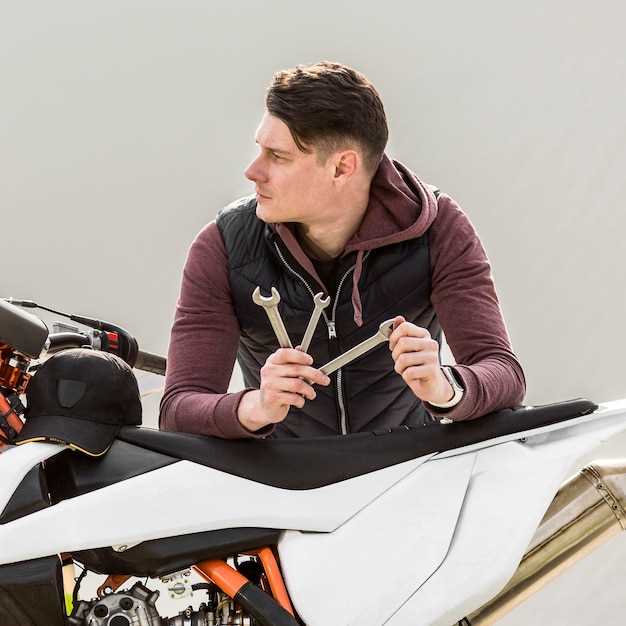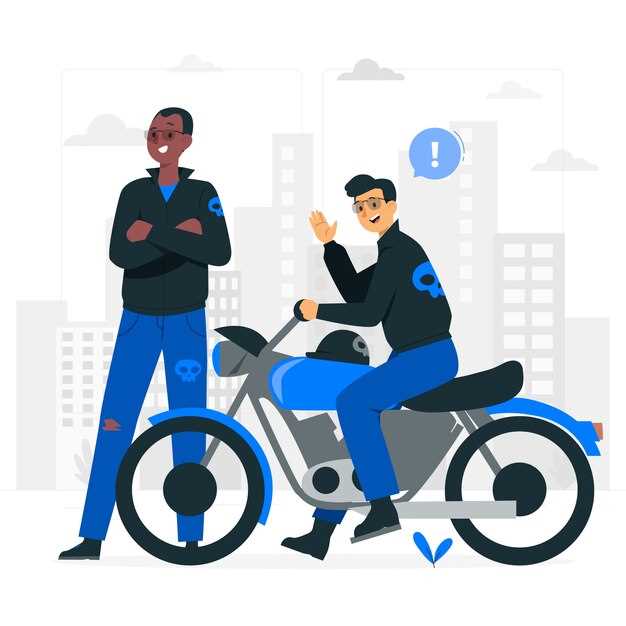
Congratulations on your new motorcycle! Owning your first bike is an exciting milestone, filled with countless adventures waiting to be experienced. However, the journey doesn’t end with the purchase; there are essential steps to take that will ensure you are prepared for the road ahead and help you make the most of your riding experience.
First and foremost, it is crucial to understand the importance of motorcycle safety. Before you hop on your new bike, investing time in obtaining the proper gear, including a DOT-approved helmet, quality riding gloves, and protective clothing, is non-negotiable. A good riding outfit not only enhances your comfort but also significantly reduces the risk of injury in case of an accident.
Next, familiarize yourself with your bike. Spend time reviewing the owner’s manual and understanding the specific features and maintenance requirements of your motorcycle. This knowledge will not only help you to operate your new bike more effectively but will also prepare you for regular maintenance tasks, ensuring your ride remains safe and reliable for years to come.
Lastly, consider taking a motorcycle safety course if you haven’t already. This training will equip you with the necessary skills to navigate various road conditions and improve your confidence as a rider. Whether you are a newbie or have some experience, learning from professionals can make a significant difference in your riding journey.
Understanding Motorcycle Registration and Insurance

Once you acquire your first bike, understanding the registration and insurance process is crucial to ensure legal compliance and financial protection. Each state has different regulations, so it’s important to familiarize yourself with local laws.
Bike Registration: After purchasing a new motorcycle, the first step is to register it with your state’s Department of Motor Vehicles (DMV) or equivalent authority. Typically, you will need to provide proof of ownership, such as the bill of sale, and identification documents. Additionally, some places require a VIN inspection to confirm that your bike isn’t stolen.
Registration fees often depend on the bike’s make, model, and age. Ensure you complete this process promptly; riding an unregistered motorcycle can result in fines and legal issues.
Motorcycle Insurance: Insurance is another critical step after buying your bike. In most states, motorcycle insurance is mandatory, protecting you from financial loss in case of an accident or theft. When choosing a policy, consider liability coverage, which pays for damages caused to others. Comprehensive and collision coverage are also essential as they cover your own damages.
Many insurance companies offer discounts for safe riding courses, so it’s wise to look for those opportunities. Based on your riding habits and the type of motorcycle, premiums can vary significantly. Always compare different policies to get the best coverage for your new bike at a reasonable price.
In conclusion, understanding the intricacies of motorcycle registration and insurance is fundamental after acquiring your first bike. Proper registration and a well-rounded insurance policy will not only keep you compliant but also provide peace of mind on the road.
Performing Initial Safety Checks and Maintenance

After receiving your new bike, it is crucial to take a few important steps to ensure safety and optimal performance. The first step is to thoroughly inspect the motorcycle, checking for any visible defects or loose components.
Brakes: Start with the brakes. Ensure the front and rear brake levers function correctly, and check the brake fluid levels. Inspect the brake pads for wear and replace them if necessary. Smooth and responsive brakes are essential for safe riding.
Tires: Check the tire pressure and look for any signs of wear or damage. Proper tire pressure is vital for handling and stability. Also, confirm that the tread depth meets safety standards.
Fluids: Inspect all fluid levels, including engine oil, coolant, and transmission fluid. Ensure they are at recommended levels and top up if needed. Regular fluid maintenance helps in preventing engine damage and enhances the bike’s longevity.
Lights and Signals: Ensure all lights, including headlights, brake lights, and turn signals, are functioning. Visibility is key for safety, so replace any burnt-out bulbs promptly.
Chain and Cables: Examine the drive chain for tension and lubrication. Properly lubricate the chain to ensure smooth operation. Check cables for fraying or wear, as these can affect throttle response and braking.
Controls: Test all controls, including clutch and throttle, to ensure they operate smoothly. Adjust them as necessary to fit your comfort and riding style.
Following these initial checks and maintenance steps will help ensure a safe riding experience. Taking the time to perform these actions can significantly impact your safety and enjoyment on the road.
Learning Essential Riding Skills and Local Laws
As a new motorcycle owner, mastering essential riding skills is crucial for your safety and confidence on the road. Start by enrolling in a motorcycle safety course, which will provide you with the foundational knowledge needed to operate your bike effectively. These courses often cover topics such as throttle control, braking techniques, and cornering skills, enabling new riders to develop good habits from the beginning.
Once you are familiar with the basics, practice riding in low-traffic areas until you feel comfortable handling your motorcycle. Focus on executing smooth starts, stops, and turns while becoming accustomed to the weight and balance of your bike. Gradually increase the complexity of your rides by venturing into busier environments, always prioritizing safety.
In addition to honing your riding skills, it is essential to familiarize yourself with local laws governing motorcycle use. Each state may have specific regulations regarding licensing, helmet requirements, and insurance. Be sure to research these laws to ensure compliance and avoid fines. Understanding the rules of the road, such as right-of-way and lane splitting (if permitted), is vital for safe riding.
Lastly, staying informed about any changes in motorcycle laws or safety regulations will help you remain a responsible rider. Utilize local resources such as motorcycle clubs, forums, or official state websites to access the latest information and connect with experienced riders. This knowledge will not only enhance your riding experience but will also contribute to a safer motorcycling community.




